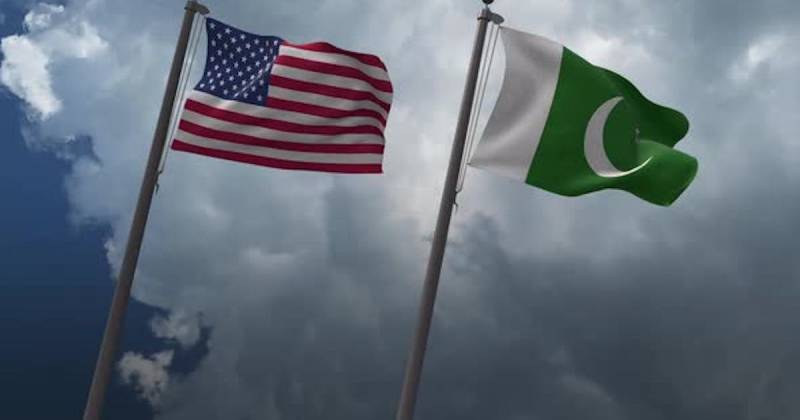
In the United States, the Pakistani-American community is writing an inspiring chapter in the pursuit of the American dream. The latest data from the U.S. Census Bureau in 2022 revealed some compelling statistics. The average annual household income for Pakistani Americans stood at an impressive $149,178, with a median income of $106,281. These numbers not only demonstrated their economic prosperity but also positioned them alongside other Asian-American groups, particularly Indian-Americans, who boasted higher median and average incomes.
The remarkable success of Pakistani-Americans is largely rooted in their substantial representation in STEM (Science, Technology, Engineering, and Mathematics) fields. These fields often boast higher earning potentials. In 2019, there were approximately 35,000 Pakistani-born professionals thriving in STEM careers. Their ranks included information technology specialists, software developers, engineers, and scientists. And it's important to note that these figures didn't even account for the many Pakistani medical doctors and healthcare professionals serving across the nation.
Foreign-born workers were making a significant impact on the U.S. STEM workforce, and Pakistani-Americans were part of this trend. In 2019, foreign-born workers constituted almost a quarter of all STEM employees, marking a substantial increase from the year 2000 when this figure stood at 16.4%. During this period, the overall number of STEM workers in the United States experienced a substantial growth of 44.5%.
When it came to foreign-born STEM workers, Indians held the top spot with a massive workforce of 721,000 professionals. Pakistan was among the top 10 countries contributing STEM workers to the U.S., but their numbers were dwarfed in comparison to India. This discrepancy was, in part, due to differences in how the two countries navigated the U.S. temporary work visa system.
In addition to temporary work visas, a significant number of Indian and Pakistani nationals received immigrant visas to become permanent residents in the United States. These numbers underscored the commitment and contributions of these communities to the American workforce.
Notably, Pakistan has also made a significant impact in the medical field. Alongside the 35,000 Pakistani-born STEM workers, there were 12,454 Pakistani-born and Pakistan-trained medical doctors practicing in the United States. This remarkable presence positioned Pakistan as the second-largest source of medical doctors in the U.S., trailing only behind India.
Pakistan's focus on education was further exemplified by the fact that the country produced 157,102 STEM graduates in just one year, cementing its place among the world's top countries in STEM education. Impressively, about 43,000 of these graduates specialized in information technology (IT), contributing to the growing IT workforce in the United States.
Every year, numerous skilled workers receive H1B visas to work in the U.S., with a significant portion in the IT sector. Indian nationals, often sponsored by Indian "body shops" such as Cognizant, Infosys, and TCS, claimed the lion's share of these visas. This cohort of workers played a substantial role in the wages reported as India's IT exports.
The journey of the Pakistani-American community served as an inspiration, a testament to the rewards of hard work, education, and the pursuit of success. Their story not only highlighted their accomplishments in STEM and the medical profession but also underscored the continuing allure of the American dream for those who were dedicated to realizing it.
